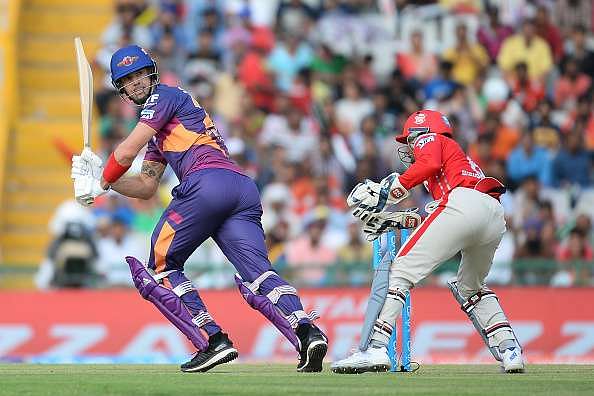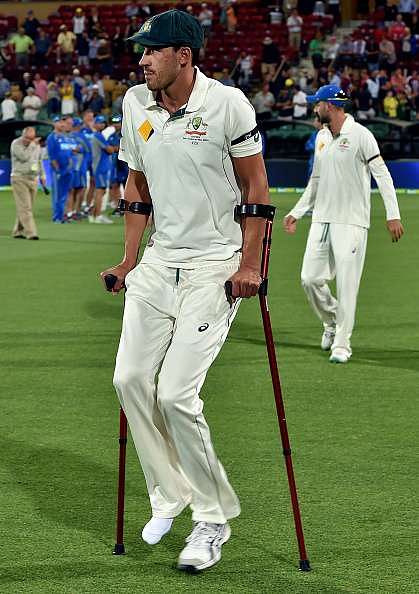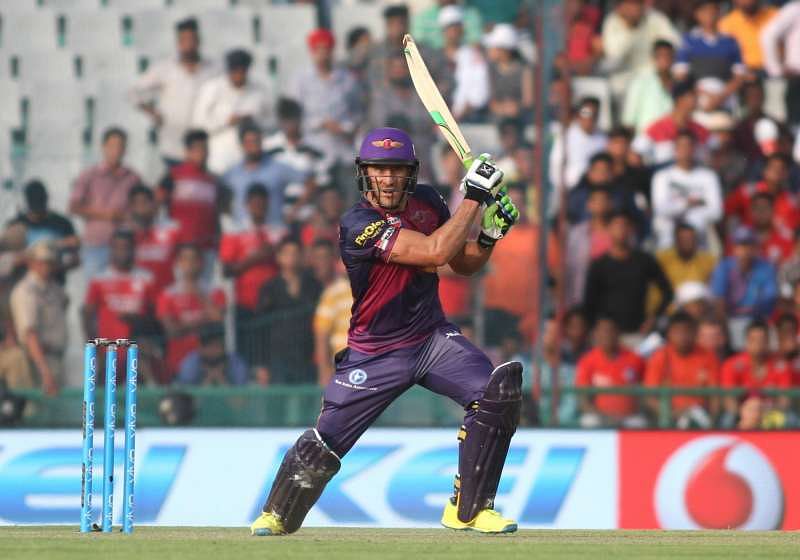
Looking at why so many players are getting injured this IPL
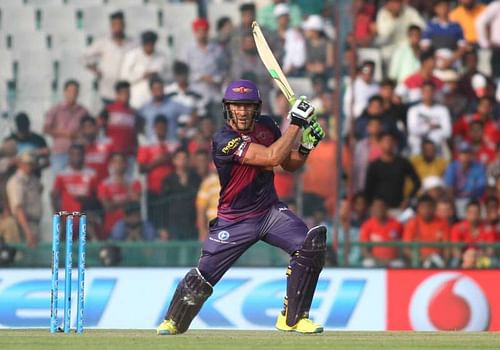
As revealing and inspiring the Indian Premier League (IPL) might be for the upcoming young cricketers of India, playing in it, performing well throughout the two-month tournament, and excelling in it– as the new trend in team selection dictates the need to perform in the IPL as something detrimental to team selection– has been as challenging for the professionals.
With every IPL providing fresh supplies of cricketers into the national team contention, the pressure is always on the senior members of the side to perform well and keep their place in the team, as far as the Indian Cricket Team is concerned.
Whereas, for the overseas performers, the league is an opportunity to get acclimatised to the Indian conditions– which goes a long way in helping them play against India in India–and it is about the experience of playing in a T20 league with a plethora of international cricketers and getting the benefits, be it cricketing or otherwise, out of it.
Hence, the IPL means differently to different cricketers, but one thing that remains common is using the platform to hone their skills and prepare themselves for the ever-changing demands of international cricket.
However, the cricketers are only human, are there are only so many days in a calendar year. The pressure of the tight international schedule packed with international commitments and world tournaments every almost every year, make it very difficult for the players to keep going throughout the year.
With cricketers living mechanical lives for the best part of the year, it is only obvious that injuries plague their careers so often, at times through minor niggles, and at other times through career-threatening ones.
Injuries aplenty in the IPL
The case has been no different in the 9th edition of the IPL as well, as several international cricketers have already been ruled out of the tournament in its first month.
Kevin Pietersen, Steven Smith, Mitchell Marsh, Shaun Marsh, Lendl Simmons, Faf du Plessis and John Hastings have been the ones who have sustained injuries during the games and hence, have been forced to withdraw from the league.
On the other hand, many cricketers such as Samuel Badree, Yuvraj Singh, and Mitchell Starc had sustained injuries before the tournament began, and it is still uncertain as to whether they will take any further part in the league.
So, what is it that has plagued the cricketers and has marred the IPL’s overall quality this season? Injuries have occurred to players in previous seasons as well, but they haven’t been this frequent, and these many.
If we look at the international calendar pertaining to the aforementioned men, the reasons would present themselves in their most obvious form.
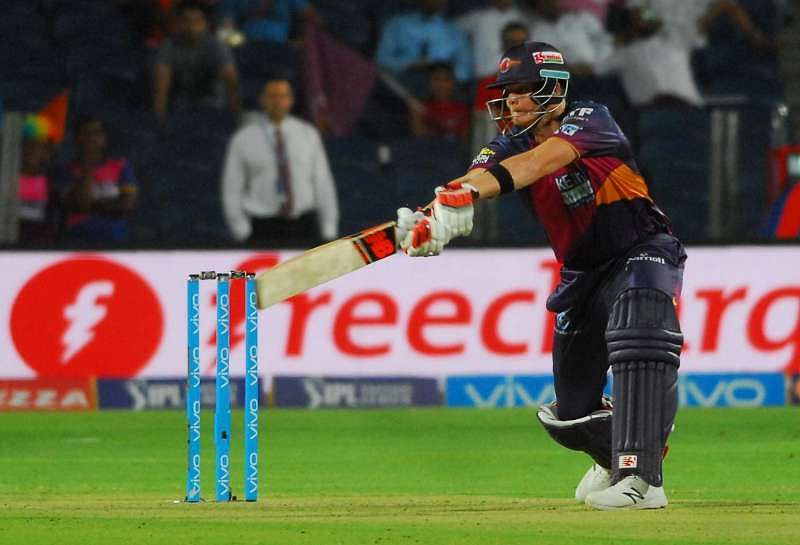
Packed international schedule
It’s really no surprise that a majority of the players injured this season are Australian cricketers. Australia have been playing continuous cricket since the start of their cricketing summer, that began in November last year.
Since then, Australia have played as many as 9 Test matches, both at home and away, and have also been involved in four full limited-overs fixtures.
They played New Zealand, both at home and away, including the historic first ever day-night Test match in Adelaide for three-match Test series, have played West Indies for another three-match Test series, played India in a 5-match ODI series before participating in a three-match T20I series against the same opponent.
The men from down under then travelled to South Africa to play another three-match T20I series, before eventually culminating their summer with the ICC World T20 2016 in India.
Now, that is a lot of cricket to be played within a span of 5 months. Add to that the travails of continuous travel, be it within the same country or across borders, it really becomes a laborious task for the players to maintain their fitness levels.
It must also be remembered that the ICC World T20 involved continuous travel and the need to adapt to changing conditions at different venues across India. That, essentially, extracts out a lot of energy and necessitates the need for rest.
Also, the fast-paced nature of T20s, the format that has been the tune of the day over the past few months in international cricket demands high fitness levels and consistent performance over a short period of time.
Hence, the packed international calendar, which was followed by the equally demanding IPL definitely took a toll on the bodies of the cricketers. Hence, the flurry of injuries.
Players’ willingness to sacrifice
As hypothetical as it may sound, but the players' mindset and their willingness to play big matches and big tournaments for their countries often surpasses the pain that they feel in their bodies.
We have several examples to prove this point. Mitchell Starc, the ace Australian fast-bowler had an ankle injury long before the Ashes 2015 had begun.
He carried that injury into the most important Test match series that any Aussie plays in his career, played 5 Test matches on the trot, and then played three more against New Zealand at home, before finally getting his foot broken during the historic day-night Test in Adelaide, last November.
So, these minor niggles cannot force these committed cricketers to go off the field as soon as they occur. The inspiration to play and win matches for their team often alludes cricketers towards ignoring their injuries and taking the field.
Ryan Harris, before finally calling it a day just before the commencement of the Ashes last year, battled a severe knee injury for a couple of years and kept playing despite that.
Such was the inspiration to play one last Ashes for Australia that despite knowing that he might not be able to play in the series, he travelled with the team all the way to London and featured in the practice games as well.
Therefore, the tight schedule isn’t the only thing responsible for the injuries occurring to these cricketers. Their desire to play for the team, as inspiring and positive as it may sound, often does more harm than good.
But the players are committed. They are willing to sacrifice later in the year (as in the case of Starc), or later in their careers (as in the case of Harris) in order to feature in those marquee series.
The same has been the case with Du Plessis and Pietersen who have been playing too much cricket of late.
While Du Plessis has played two full 5-match ODI series, 2 full 4-match Test series and two full 3-match T20I series over the past 6 months, Pietersen has featured in just about every T20 league that has taken place around the world since the day his England return was ruled out by Andrew Strauss, the ECB’s director of cricket.
Be it the Ram Slam T20 in South Africa, the Big Bash League in Australia, or the Pakistan Super League held for the first time this year in the UAE, Pietersen was omnipresent.
Hence, the packed international schedule that doesn’t attend to the cricketers’ needs for a proper rest causes these kinds of incidents. Moreover, players are willing to take the risk and miss out on a relatively less important fixture, than a marquee international series.
